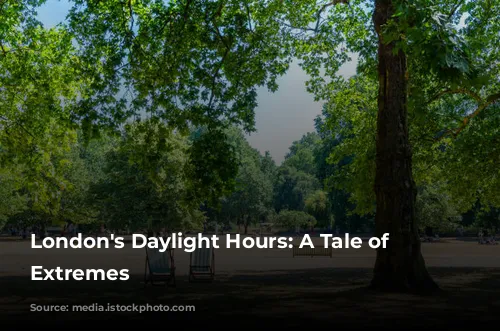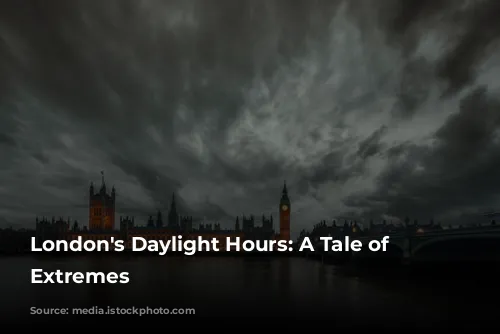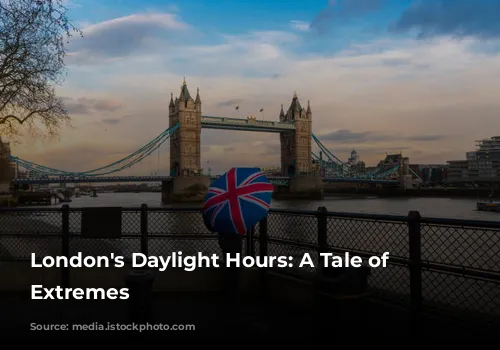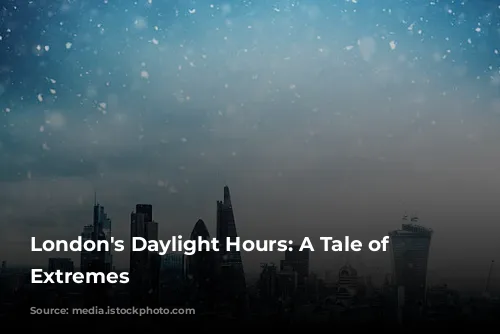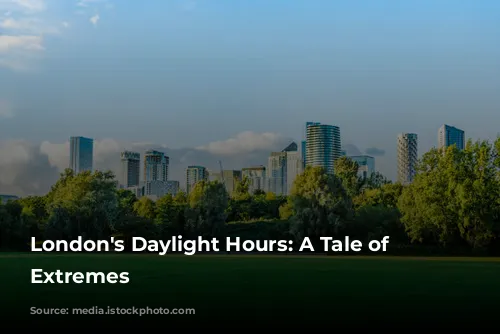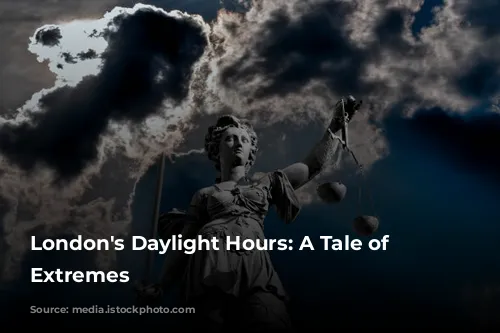London, with its location at 51°30’ North, presents a unique challenge to those who are accustomed to consistent daylight hours. As the seasons change, the city experiences a dramatic shift in the length of daylight, with winter bringing short, dark days and summer offering long, bright ones. This fluctuation can be a significant adjustment for those accustomed to a more stable climate, especially those coming from regions with longer daylight hours.
The transition to winter in London is marked by a noticeable decrease in daylight. As the clocks are turned back in late October, the days become significantly shorter, with the sun rising later and setting earlier. By December, the days are so short that people may find themselves leaving their homes and workplaces in darkness, as the sun doesn’t rise until around 8am and sets before 4pm. This can have a depressing effect on mood, especially for those who enjoy the bright sunshine.
Summer in London, on the other hand, brings the opposite experience, with the sun rising at an incredibly early hour, often around 4am. This early sunrise, coupled with the abundance of daylight throughout the day, can disrupt sleep patterns for those who aren’t used to it. Evenings can be quite long, with the sun not setting until around 9:20pm in June. While the abundance of sunshine is enjoyable, it can also be difficult to adjust to, especially when trying to get children to bed at a reasonable hour.
London’s Temperate Climate: A Blessing from the Gulf Stream
Despite its northerly location, London enjoys a surprisingly mild climate thanks to the warm Gulf Stream. This powerful current brings warm water from the Caribbean to Western Europe, keeping the British Isles warmer than they would otherwise be. This means that London rarely experiences extreme cold in winter or stifling heat in summer.
January, the coldest month, typically sees average daytime temperatures around 8°C (46°F), while July, the warmest month, averages around 22°C (73°F). While temperatures can climb above 25°C (77°F) or even reach 30°C (86°F) on some summer days, they rarely stay at that level for long. In winter, temperatures can drop below freezing, but most homes are equipped with heating systems to provide warmth during the colder months.

London’s Rainy Days: Embrace the Drizzle
One characteristic of London weather that is impossible to escape is rain. While the annual rainfall isn’t exceptionally high, around 23 inches (58 centimeters), the city experiences rain with great regularity, often in the form of a gentle drizzle. The best way to prepare for this is to carry a lightweight umbrella or a waterproof jacket, as heavier rain showers are relatively uncommon.
Although London gets an occasional thunderstorm with heavy rain, the majority of the time, the rain falls in a light drizzle. This makes it easy to continue your day without too much disruption. A small umbrella or a waterproof jacket are the perfect tools for navigating London’s rainy days.
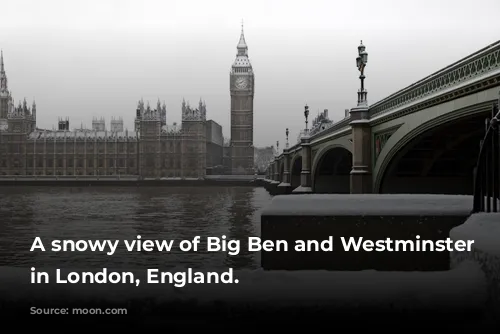
Snow in London: An Uncommon but Disruptive Event
Snow is relatively unusual in London, much to the disappointment of children. This is partly due to the heat generated by the city’s buildings and cars, which makes it difficult for temperatures to drop low enough for snow to settle. London is typically several degrees warmer than the surrounding countryside.
However, when snow does fall in London, it can cause significant disruption. The city’s transportation system, both above and below ground, can be easily affected by snow and ice, leading to delays and cancellations. The Underground, which is only underground in the city center, becomes vulnerable to snow and ice as lines run above ground on the outskirts of the city.
Traffic is particularly susceptible to the effects of snow. Even a small amount of snow can create major gridlock, as drivers, often unaccustomed to driving in snowy conditions, make mistakes, leading to accidents and widespread delays.
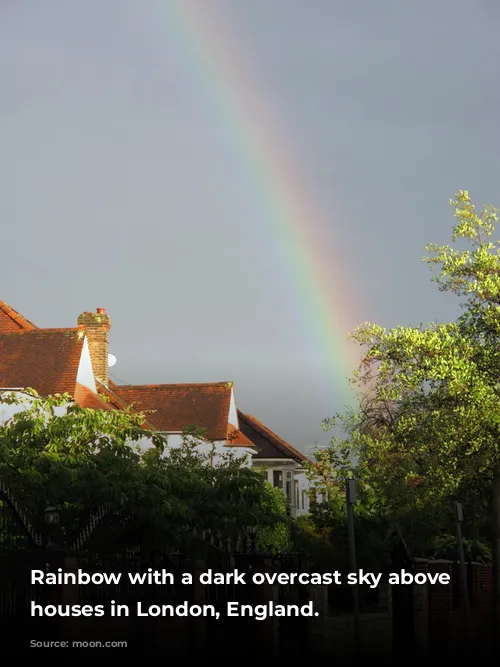
A Recent Snowfall and its Impact on London
In recent years, London has experienced a few significant snowfalls that have caused major disruptions. One such event occurred a few years ago when a sudden snowfall in North London brought the city to a standstill. A light dusting of snow quickly turned into a heavy snowfall, causing traffic chaos in the evening rush hour.
Drivers, unprepared for the sudden change in weather, were caught off guard. Even a small amount of snow, which would be insignificant in other areas, caused major gridlock in London. The situation was further aggravated by the fact that the roads weren’t adequately gritted with sand and salt in time, making it difficult for cars to navigate the slippery roads.
This event serves as a reminder of the potential impact of snow on London, even when it falls in small amounts. The city’s infrastructure and population are not well-prepared for such events, leading to widespread disruption and inconvenience.
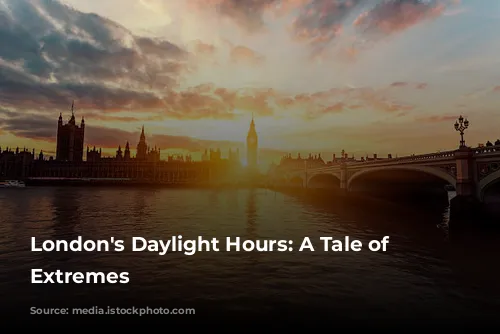
Shifting Weather Patterns and the Potential for Climate Change
The weather patterns in Britain, including London, have been experiencing a shift in recent years. After a period of extremely mild winters, the last few years have seen colder temperatures and wetter conditions. This increase in extreme weather events may be a result of long-term weather cycles in Northern Europe or, more worrisomely, a sign of climate change.
If climate change is indeed affecting Britain’s weather, London will need to adjust its approach to managing the impact of wet and snowy conditions. This will require improved infrastructure, better preparedness, and a greater awareness of the potential risks associated with extreme weather events.

London’s Summers: Pleasant Warmth, But No Scorching Heat
London’s summers, while often pleasant and sunny, are not typically scorching hot. The city’s temperate climate means that the most intense heat it experiences usually involves a few days of temperatures in the low 80s (Fahrenheit). These warm spells are a welcome change from the colder months, with people often venturing to parks and outdoor spaces to enjoy the summer sunshine.
However, London homes are not generally designed for long hot summers, and air conditioning is rarely found. The summers are usually fairly damp, which is one of the reasons Wimbledon tennis fans know that rain is always a possibility. The summer of 2003 was an exception, with extremely high temperatures that were unbearable for many people. But for the most part, London’s summers are pleasantly warm without being overly hot.
